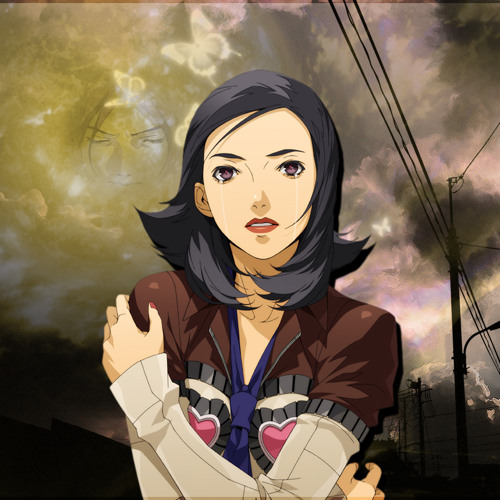
What starts as a simple investigation into the Joker murders becomes a full-fledged adventure once the Joker shows up at Seven Sisters High School and murders the principal. At the center of all this madness is Maya Amano, a reporter for a popular teen magazine called Coolest. The Joker's curse turns rumor into fact, causing all sorts of trouble, from mass murder to filling the land with tons of different demons. To make a long story short, Sumaru City is plagued by a curse. Eternal Punishment takes place in the same setting as the first chapter, but it retells enough of the first chapter's story throughout its first few hours to ensure that you're up to speed with the game's bizarre events. The first chapter, subtitled Innocent Sin, was released in Japan in 1999.

Persona 2: Eternal Punishment is actually the second half of the Persona 2 saga. But in both storyline and in execution, Persona 2 isn't your average RPG, and results are mostly pleasing.

For the most part, Persona 2: Eternal Punishment sticks to the conventions of the genre - your party moves from place to place, randomly encountering monsters on a quest to save the city.

Should the game have random encounters, or should the monster be visible from the world map? Should status effects last outside of battle, or should every character be returned to normal status at the completion of the battle? The list of "either ors" goes on and on, and the result is a genre that, for better or worse, is packed with games that are extremely similar to one another - yet one key system or concept can either make or break each game in the minds of the genre's fans. It almost seems like, outside of twisting the combat and magic system in new ways, RPG developers are designing the rest of their RPGs' systems with a "one from column A, two from column B" mentality. When it comes to the RPG genre, most games really don't stray too far from the normal conventions that made the genre popular.


 0 kommentar(er)
0 kommentar(er)
